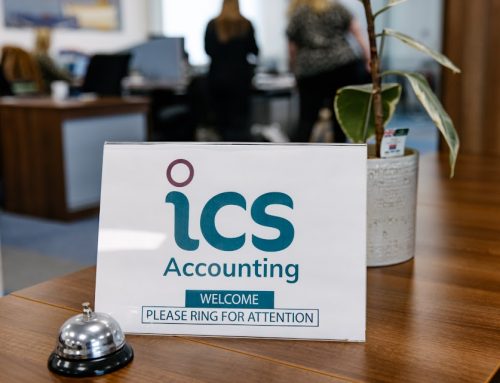Most deductions from payroll are immediately self explanatory. Income tax is a tax on your income. Pension contributions contribute to your pension. But National Insurance isn’t an insurance policy – at least not in the way we usually think of them – and sometimes even the amount you pay can be confusing. So what is National Insurance, what’s it for, and how does it work?
What is National Insurance?
Fundamentally, National Insurance is a specific tax that was created to pay for a number of benefits. Earnings and self-employed profits are taxed and, like most earnings taxes, you only start paying once you earn at least a certain amount (£242 per week at the time of writing, which works out at £12,570 per year – this is also known as your Personal Allowance).
National Insurance contributions are required to qualify for certain benefits. However, National Insurance credits are also considered contributions. You might receive credits automatically if you’re on Universal Credit, if you claim a carer’s or support allowance, or if you claim child benefit for looking after a child under 12. There are also circumstances in which you can apply for National Insurance credits.
For the most part, British people make their National Insurance contributions through their payroll, where their employer (or outsourced payroll solution) will deduct and pay them automatically.
How Much National Insurance Do I Pay?
There are many different classes of National Insurance, but the most common is Class 1, where you are an employee being paid by an employer.
Class 1 National Insurance – Employee
At the time of writing, if you earn under £242 per week, you will not pay National Insurance contributions. However, if you’re earning between £125 and £242 per week, you will still qualify for credits.
Between £242 and £967 per week, your National Insurance is 8%. Above that, it drops but you will still pay 2% on further earnings.
This isn’t calculated as a flat rate, so if your pay changes for each instalment (perhaps for commission or overtime) the amount you pay will change each time.
Once you reach State Pension age, you will no longer pay National Insurance contributions at all.
Class 2 and Class 4 National Insurance – Self-Employment
Class 2 and Class 4 payments are based on your annual trading profits. Whether you qualify for Class 2 or Class 4 depends on your total profit; if it’s £12,569 or lower, you’re in Class 2, but if you make more profit than that, you’ll be making Class 4 payments.
If you make £6844 or less profit per year, your contribution is set at £3.50 per week (but this is voluntary – however, if not paid, you will not count as making contributions). Between £6845 and the Class 2 upper threshold, payments are not required; you are counted as making Class 2 contributions.
Class 4 National Insurance payments are 6% of profits between £12,570 and £50,270, and 2% on profit above that level. No payment needs to be made on the first £12,569 of profit.
Class 3 National Insurance – Voluntary Contributions
To qualify for full state pension benefits you must have National Insurance contributions or credit for at least 35 years. (You begin to get some state pension if you have at least ten.)
In the event you don’t have enough qualifying years, Class 3 voluntary contributions allow you to boost your pension entitlement. We would recommend discussing this with your accountant before making any such payments to ensure that it’s the right decision for you.
What Do I Get for my National Insurance Payments?
As well as the State Pension, National Insurance contributions support multiple Allowances offered for those who need them. National Insurance allows you eligibility to Maternity Allowance, the New Style Jobseeker’s Allowance, and contribution-based Employment and Support Allowance. It also funds the Bereavement Support Payment.
In this sense, it really is insurance – your payments will allow you to receive money in the event that you lose employment, suffer a development that makes work harder, or lose someone close to you.
If you’d like to know more, or if there’s any other aspect of payroll you want to understand better, why not get in touch?



















